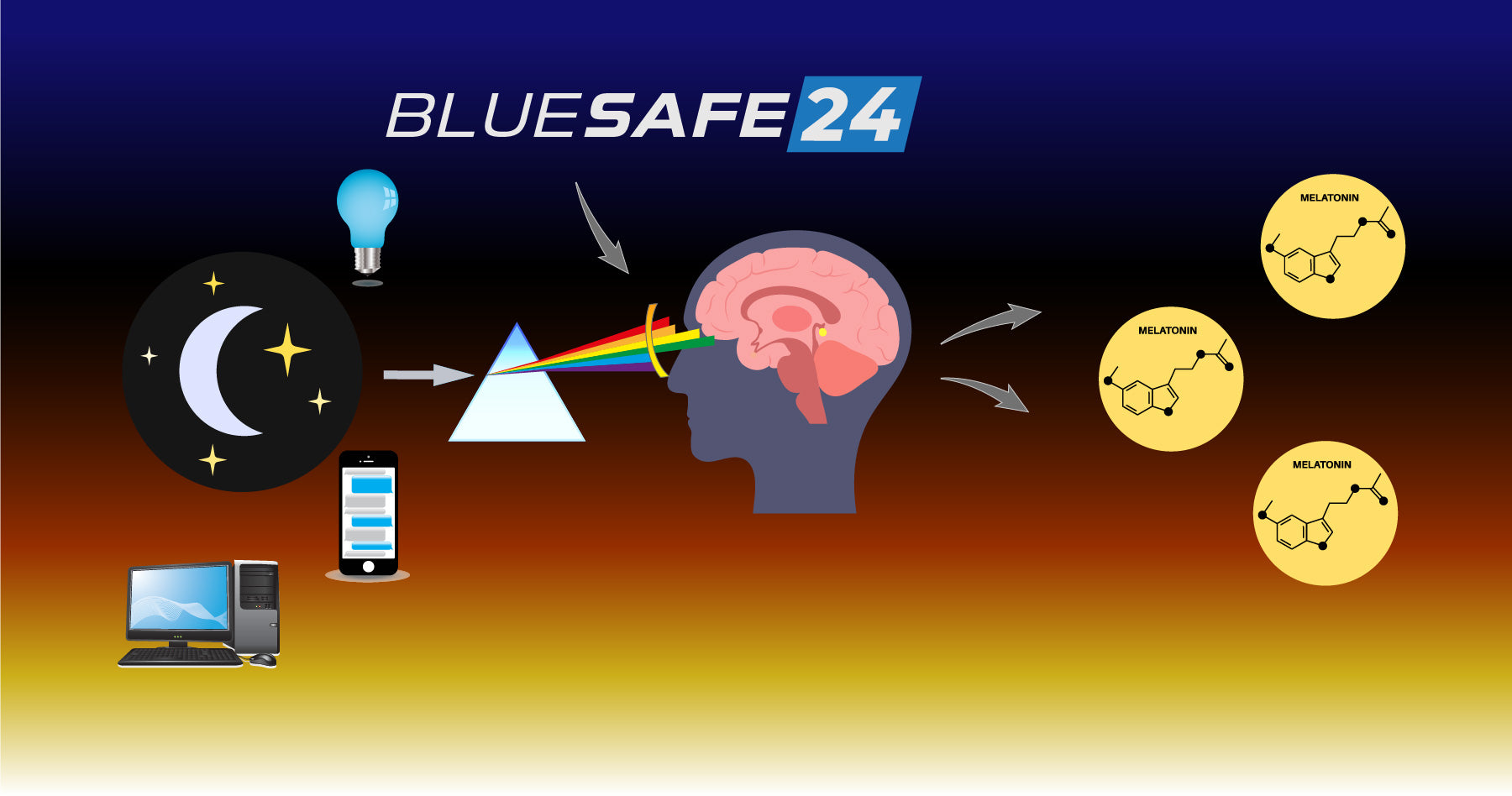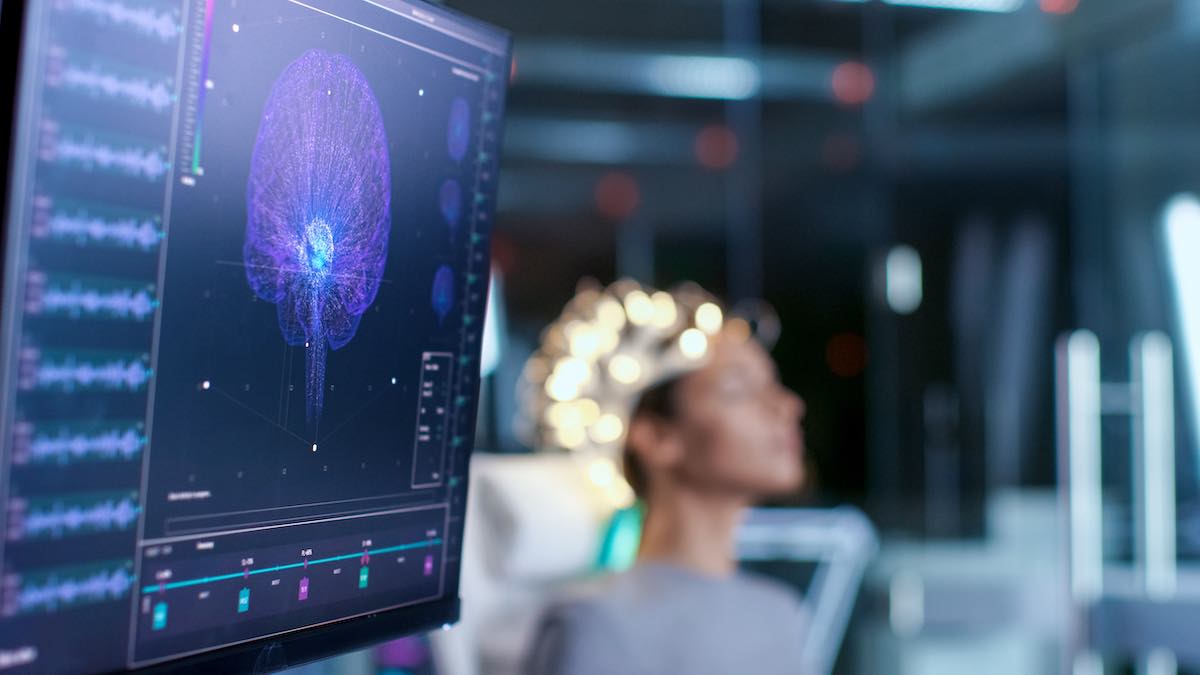
The CIRCADIAN® Light Research Center
Dr Martin Moore-Ede, Chief Medical Officer at CircadianEye, LLC and a former professor at Harvard Medical School, created the Circadian Light Research Center in Boston, MA in 2010 as a specialized research facility to identify and develop the optimal lighting conditions for human performance in 24/7 operations. The center's research results have been published in numerous scientific journals and presented at conferences worldwide.
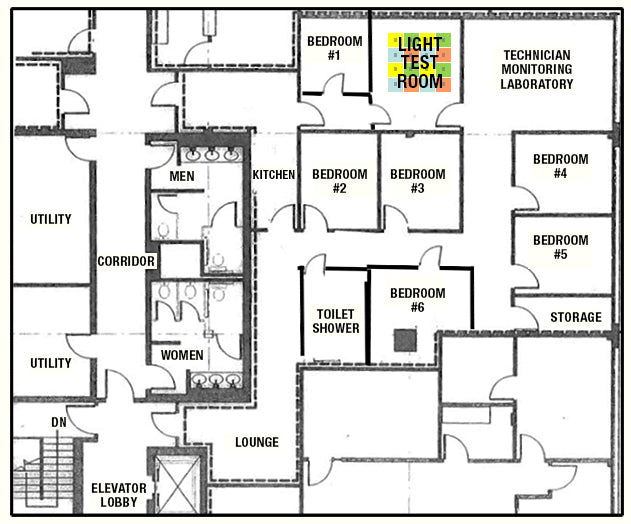
Research Methods
At the Circadian Light Research Center, participants are exposed to spectrally-controlled light over extended durations. A full range of tests are undertaken including:
- Continuous EEG Monitoring
- Blood Lipid Panel
- Glucose Tolerance Tests
- Melatonin Concentration
- Alertness & Performance Tests
- Mood and Depression-Scale Testing
Ethical protection of volunteers is provided by the Circadian Institutional Review Board (IRB# 00001522), registered with the Office for Human Research Protections (OHRP) at the Department of Health and Human Services (HHS).
Optimizing Blue Light Exposure
The Key to Unlocking Better Health and Alertness
Findings from the CIRCADIAN® Light Research Center have shown that blocking the correct amount of circadian blue light at night enables the human body to maintain a natural cycle of melatonin production throughout the night, facilitating restorative biological processes, improving sleep quality and promoting improved alertness.
BLUESAFE 24 eyewear are designed to provide a safe limit of blue light exposure during night-time hours, while simultaneously delivering a high level of lens brightness and functional color vision. By optimizing exposure to blue light throughout the day and night, circadian health can be protected, providing extensive benefits to human performance and well-being.
Research Publications
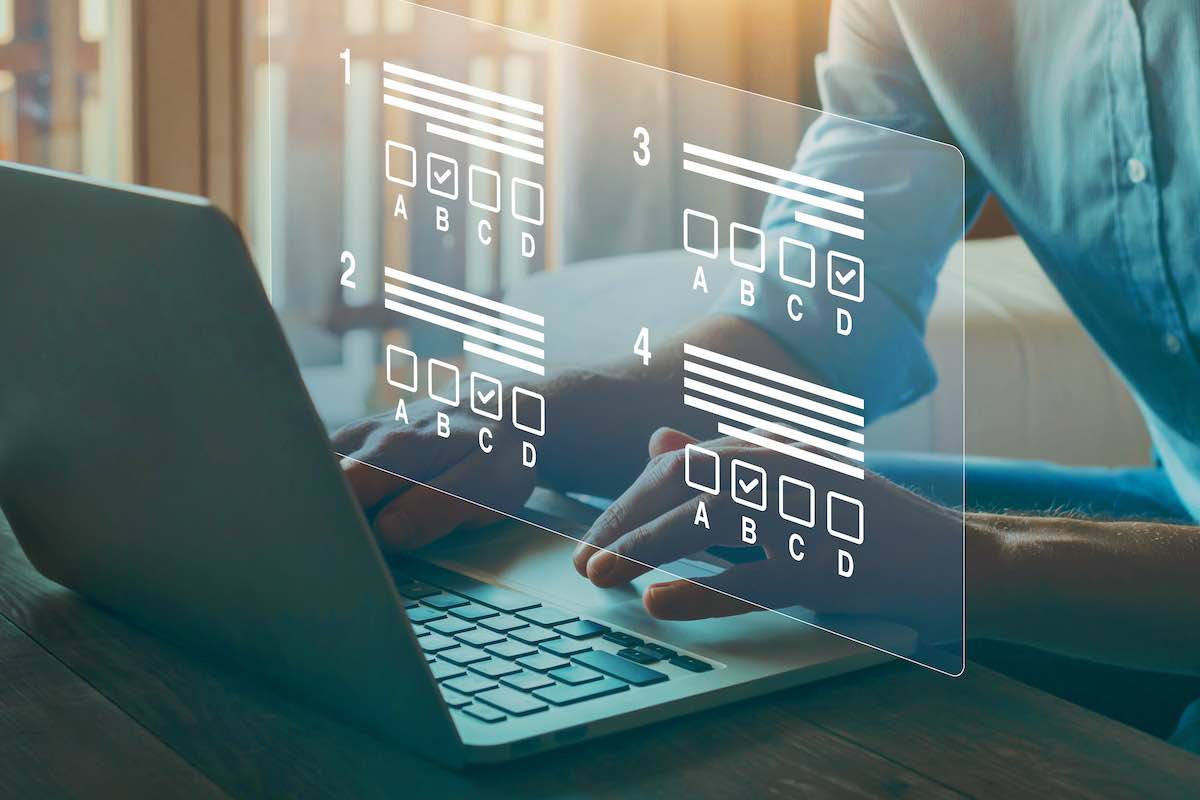
Lights Should Support Circadian Rhythms: Evidence-Based Scientific Consensus
Research Square Preprint (2023)
This survey study combined input from 248 scientists, representing a total of 2,697 peer-reviewed publications on light and circadian health since 2008. The findings showed a broad scientific consensus on 24 statements about the impact of light on circadian rhythms and health supported by the accumulated scientific evidence.

Circadian Potency Spectrum in Light-Adapted Humans
Journal of Cell Science and Therapy. 13:361-366 (2022)
In this article, evidence for a narrow blue circadian sensitivity curve for light-adapted humans is derived from experiments using spectral filtering of light sources, and from comparisons of light sources with diverse spectral power distributions.
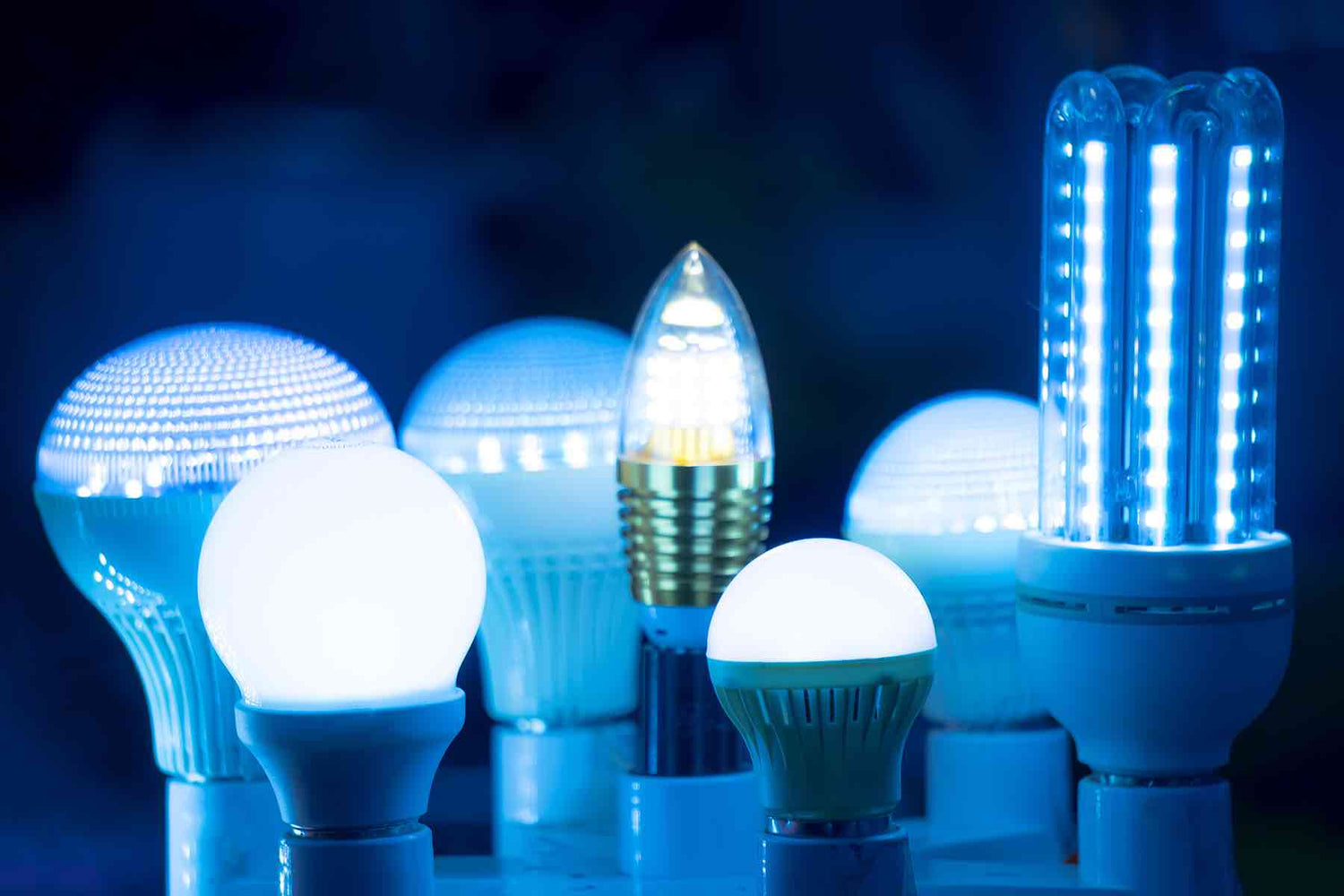
LEDs must Spectrally Balance Illumination, Circadian Health, Productivity, and Energy Efficiency
LEDs Magazine: April 30, 2021
The design of LED-based lighting has been driven by the goal to maximize energy efficiency. However, current scientific consensus supports the need for lighting to serve the needs of human circadian health to maximize well-being and productivity. Today, quality LED lighting must consider a balance of requirements for both ideal human experience and optical performance.
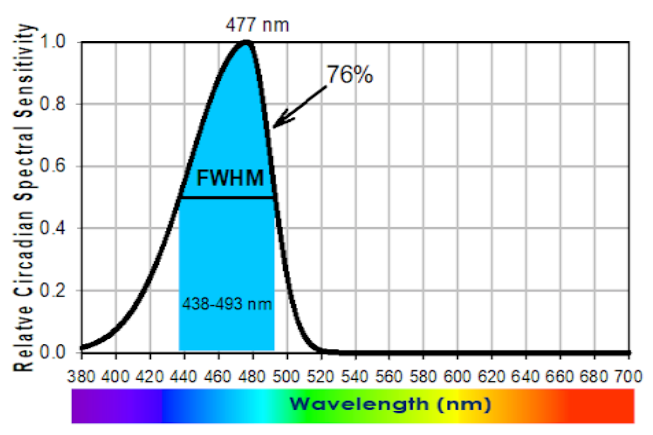
Circadian Potency Spectrum with Extended Exposure to Polychromatic White LED Light Under Workplace Conditions
Journal of Biological Rhythms 35(4): 405–415 (2020).
This paper derives a narrow-band steady-state human Circadian Potency spectral sensitivity curve with a peak at 477 nm and a full-width half-maximum of 438 to 493 nm, supported by in-vivo studies of circadian disruption in humans under polychromatic white light.
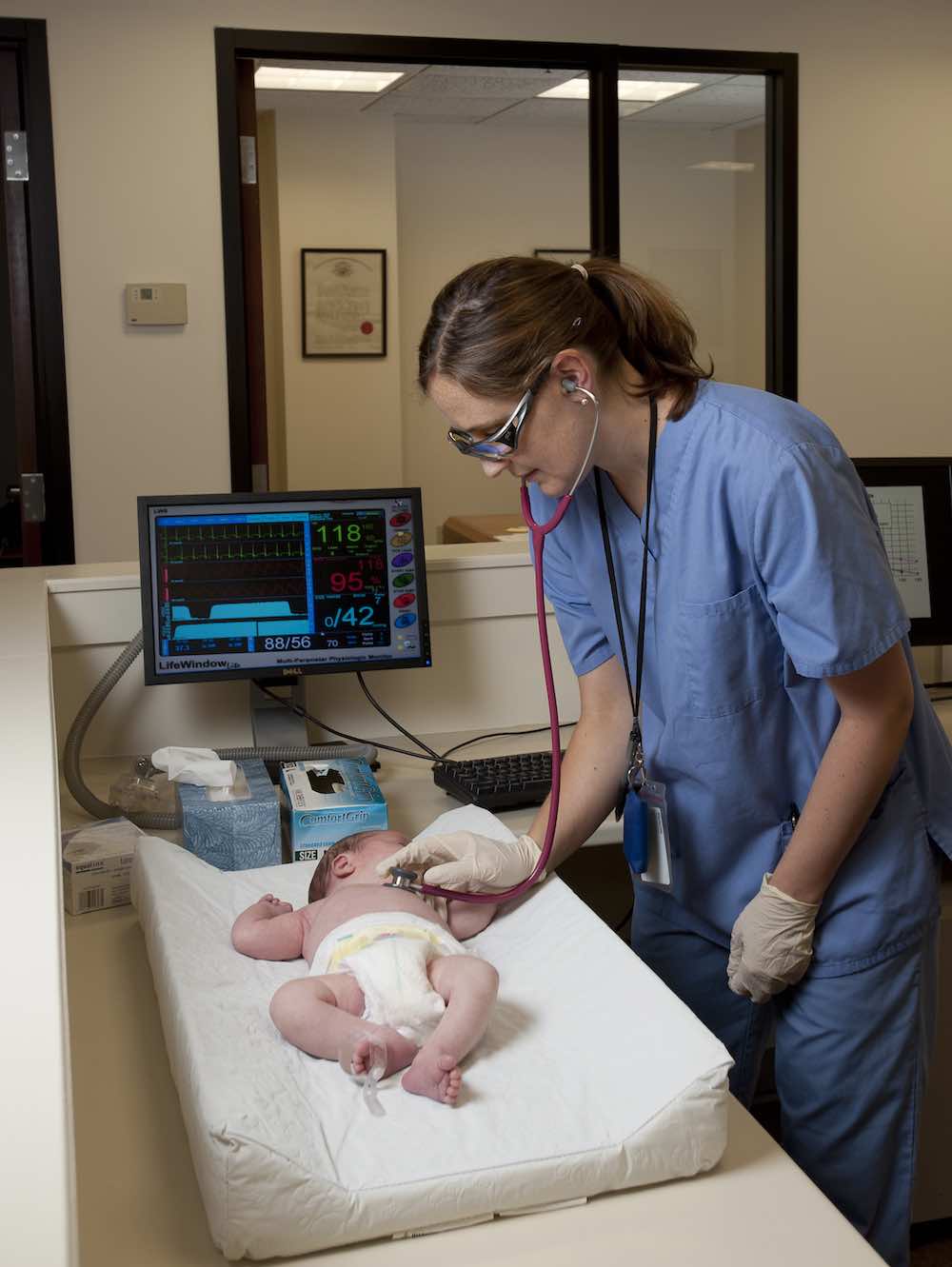
Effects of Filtering Visual Short Wavelengths During Nocturnal Shiftwork on Sleep and Performance
Chronobiology International, 30:8, 951-96
The effects of filtering short wavelengths (<480 nm) during night shifts on sleep and performance were measured for nurses. Participants were randomized to receive filtered light (intervention) or standard indoor light (baseline) on night shifts. Under intervention, total sleep time was increased by a mean of 40 min compared with baseline, wake-after-sleep-onset was reduced and sleep efficiency was increased. Reaction time and throughput on vigilance tests were similar to daytime performance under intervention but impaired under baseline.



